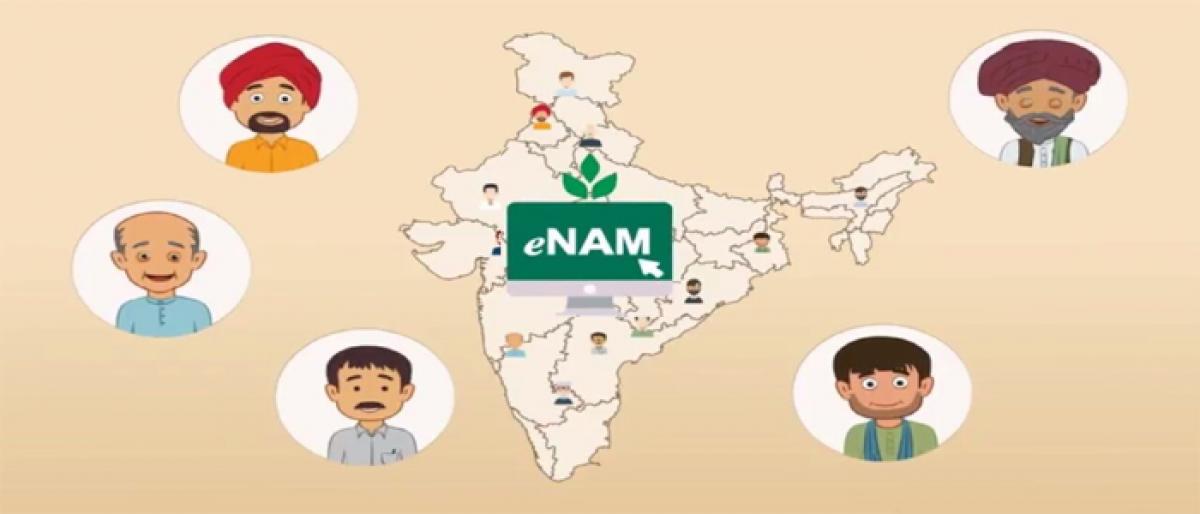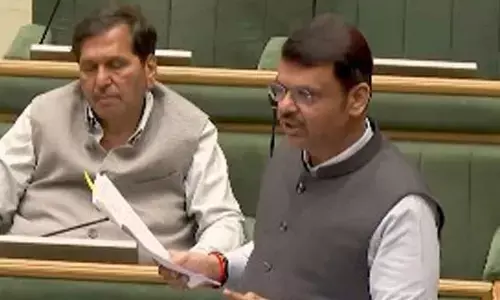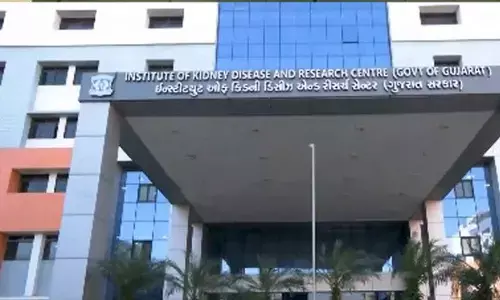More reforms in eNAM would benefit farmers

In the recent past, the Government of India is laying emphasis on market reforms to encourage states to adopt The Agricultural Produce and Livestock Marketing Promotion Facilitation Act, 2017 Many states amended their APMC Act to incorporate several components of model APLM Act
In the recent past, the Government of India is laying emphasis on market reforms to encourage states to adopt “The Agricultural Produce and Livestock Marketing (Promotion & Facilitation) Act, 2017”. Many states amended their APMC Act to incorporate several components of model APLM Act.
Model APLM Act aims at promoting transparency, competition, increasing investment and infrastructure in agricultural markets across states. It has provisions like private markets, direct marketing, contract farming, consumers markets, farmers markets, single levy, single licence and provision of e-auction (eNAM: electronic National Agricultural Market) to increase competition and for better functioning of agricultural markets.
eNAM
Government of India encouraging states to introduction eNAM (electronic National Agricultural Markets) in all states on the concept of ‘One Nation One Market’. eNAM improves transparency in price discovery, reduces possibility of formation of cartels among local traders as distant traders can participate in the e-bidding (say Mumbai and Delhi traders can participate in bidding to buy turmeric in Nizamabad eNAM). It also facilitates direct bidding by big food retail-chains like Reliance Fresh, exporters and agro-processing industry by eliminating middlemen. For example, a cotton miller in Mumbai can bid for the cotton put up for sale in the e-market of Warangal district of Telangana.
For introducing eNAM, states have to ensure that (i) A single trader’s licence to be valid across state, (ii) A single point levy of market fee is necessary, (iii) They need to allow electronic auction as a mode for price discovery.
Under eNAM, in about 585 mandis physical trade was replaced by electronic trade as on today in 14 states, later on all stand-alone e-mandis will be electronically linked to facilitate distant traders to participate in bidding in local eNAM to make eNAM truly a national market for price discovery.
Linking rural haats and warehouses
Government of India also planning to develop and upgrade existing 22,000 rural haats into Gramin Agricultural Markets (GrAMs). These GrAMs, electronically linked to e-NAM portal to widen the reach of eNAMs to the farmers. There is a need to develop infrastructure in these local markets to act as ‘aggregation hubs’ to facilitate farmer groups to aggregate marketed surplus for direct farmer-to-consumer sale by eliminating middlemen.
The government has decided to give accredited warehouses the status of mandis, which will be linked with the online e-NAM platform over a period of time to help farmers get better market access and realise higher returns. Trading through a warehouse-linked eNAM will assure quality, storage and delivery since the warehouse itself can also take care of logistics issues.
Assaying system is key for success of eNAM
Studies on e -markets in Karnataka, where e-markets are implemented since 2012, clearly shows that there is increased price realisation by farmers and market arrivals in e-markets when compared to non-e-markets. But they also suggested that proper and quick assaying system and participation of traders located in distant markets are key for success.
Demonstrating early success
Still most of the states are struggling to implement eNAM, they lack necessary infrastructure like assaying facilities. It is high time to demonstrate utility of eNAM at least in a handful of markets in terms of benefits to farmers in increasing price realisation and quick delivery of money and elimination of malpractices. The visible results from implementation of eNAM will take about five years or more. But long term policy is essential for the benefit of the farmers.
Learning by doing and state specific action plans
There is a need for encouraging learning from best practicing eNAMs and replicating them in other eNAMs. There is also a need to adopt lessons learned across the globe. China, whose agricultural market structure is more or less similar to that of India, successfully introduced electronic markets. Lessons can also be learned from flower e-markets in Holland and fish e-markets in Thailand. There is a need for preparing road map for each state separately, as the capacity to absorb ICT technology and various market reforms significantly vary from state to state. For example, Bihar and Odisha states may be slow in implementation of eNAM, as they lack necessary infrastructure and skills at all levels compared to Karnataka.
Involving farmers groups and traders in reforms
The eNAM will be most effective if there is sizable lot size, the quality is uniform by involving farmer producer companies to attract bulk buyers from distant places. Among traders and commission agents, there was a fear of coming under the tax loop with the increased online transaction.
(A Amarender Reddy - The author is Director (Monitoring and Evaluation), National Institute of Agricultural Extension Management, Hyderabad)














